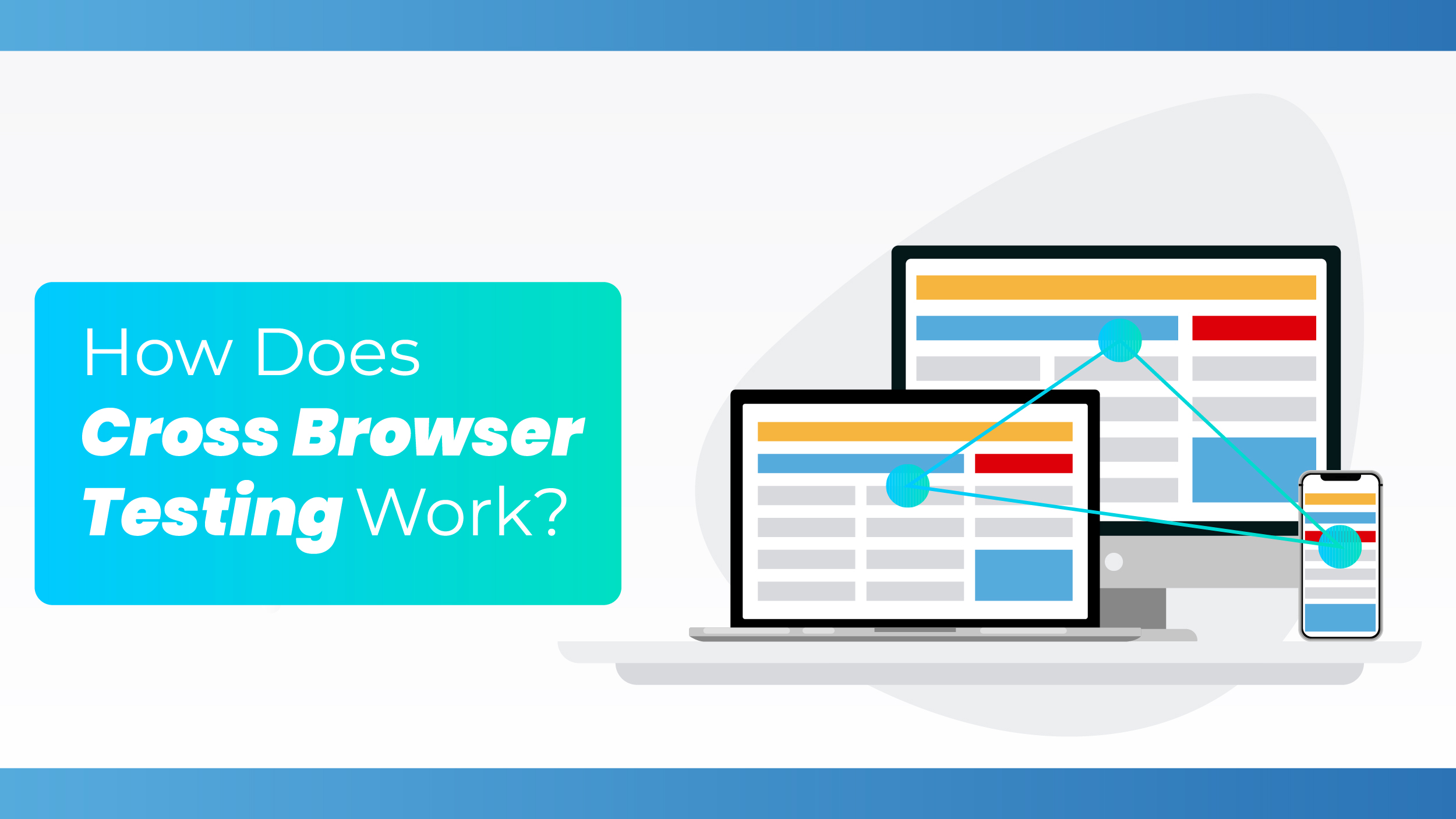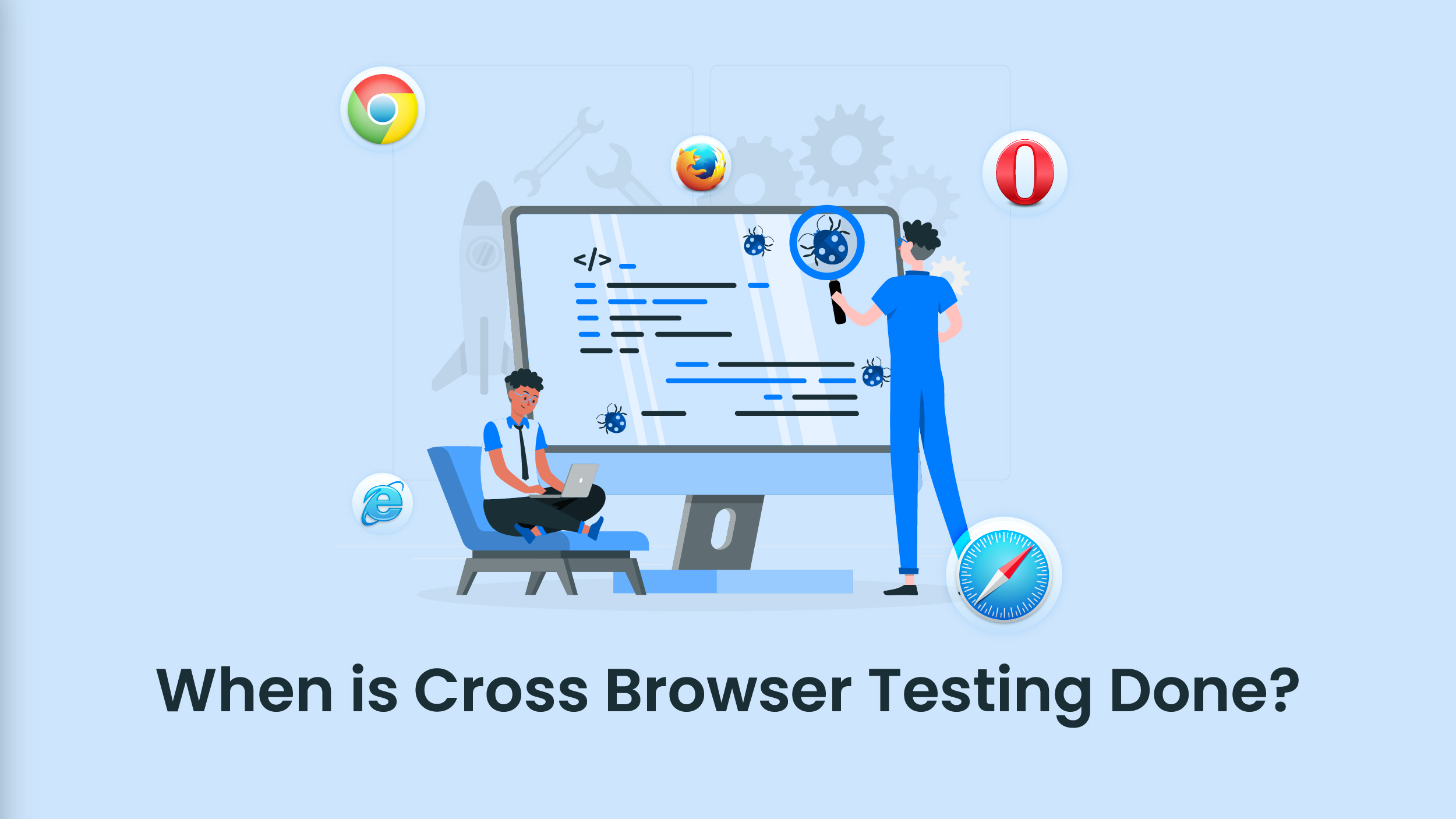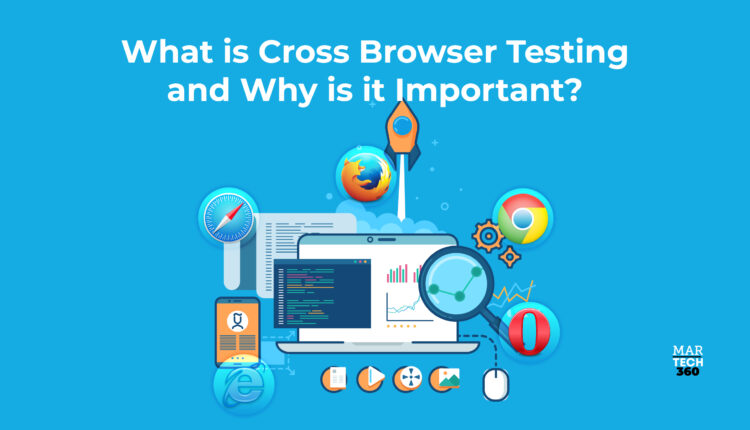In today’s digital age, websites and web applications need to be compatible with various web browsers to provide a seamless user experience. Cross browser testing has emerged as a vital practice in the software development lifecycle. This introduction delves right into its concept and highlights its importance in ensuring compatibility and consistency across different browsers.
What Is Cross Browser Testing?
Cross browser testing or browser testing involves ensuring that web applications function correctly across a wide range of web browsers, operating systems, and devices.
Web browsers, despite adhering to common web standards like HTML and CSS set by the World Wide Web Consortium (W3C), may interpret code differently. This variance can lead to inconsistencies in appearance and functionality. Several factors contribute to these differences:
- Default Browser and Operating System Settings: Each browser and operating system may have default settings that affect how web content is displayed, such as default fonts.
- User-Defined Settings: Users can customize their browser settings, such as screen resolution, which can impact how web pages are rendered.
- Hardware Disparities: Variations in hardware functionality, such as screen resolution or color balance, can influence how web content appears.
- Rendering Engines: Different browsers use different rendering engines to process web instructions, leading to variations in interpretation.
- Version Support: Clients may have varying levels of support for recent web standards like CSS3, affecting how web elements are displayed.
- Assistive Technologies: The use of assistive technologies, such as screen readers, can influence how users interact with web content and may uncover accessibility issues.
By conducting browser testing, developers ensure a consistent and seamless user experience across diverse browser environments, improving overall application quality and user satisfaction.
How Does Cross Browser Testing Work?
 Cross browser testing can be conducted manually or through automation to ensure consistency and functionality across different web browsers.
Cross browser testing can be conducted manually or through automation to ensure consistency and functionality across different web browsers.
- Manual Testing: For simple websites or applications, teams may manually navigate through different web browsers, noting any discrepancies in functionality, appearance, or user experience. Testers interact with the application on various web clients to identify potential issues.
- Automated Testing: Many organizations opt for automated browser testing to enhance efficiency and scalability. Automated testing involves writing test scripts that simulate user interactions and run them across different web browsers and platforms. This approach allows for rapid testing across numerous configurations and ensures consistent results.
Regardless of the testing method employed, the primary goal of browser testing remains consistent: to identify and address errors in frontend functionality across specific web clients before they impact real users. By proactively detecting and resolving issues, organizations can enhance user satisfaction and maintain the integrity of their web applications.
Also Read: Triggered emails: A Definitive Guide for 2024
Benefits and Use Cases of Cross Browser Testing
Given below are the best four use cases of browser testing.
Benefiting User Experience
Browser testing ensures a consistent and positive user experience across various web browsers and devices. By eliminating discrepancies in appearance and functionality, your website can meet quality expectations for all visitors, leading to higher user satisfaction and potentially increased conversion rates.
Improving Discoverability
Enhanced frontend performance resulting from cross browser testing can improve your website’s search engine ranking. A better user experience, particularly on mobile and specific browsers like Chromium, positively impacts Core Web Vitals scores, potentially boosting organic search visibility. This improved discoverability can translate into greater website traffic and revenue opportunities.
Addressing Channel-Specific Challenges
While consistent performance across all channels may be ideal, it’s not always achievable due to differences in browser capabilities. Browser testing helps identify channel-specific challenges, such as older browsers lacking support for CSS3 features. Understanding these differences allows businesses to proactively communicate with users about features exclusive to certain browsers.
Managing Code Updates
After conducting cross-browser tests and identifying discrepancies, updating the code becomes necessary. However, updating code to resolve issues for one client may introduce new problems for others. Engineers often need to fork the code to address client-specific issues, ensuring different code paths run on specific browsers or devices. This approach maintains compatibility while addressing individual client needs.
By leveraging browser testing effectively, businesses can enhance user experience, improve search engine visibility, address channel-specific challenges, and manage code updates to ensure compatibility across diverse web clients and devices.
When is Cross Browser Testing Done?
Cross browser testing is typically conducted at two key stages in the development and release process:
- During Development: Developers integrate browser testing into continuous integration pipelines to assess new features’ compatibility across different browsers before deploying changes to production. This proactive approach ensures that potential issues are identified and addressed early in the development cycle, minimizing the risk of compatibility issues impacting end-users.
- In Staging/Pre-Release: Quality Assurance (QA) teams perform browser testing on every release candidate to validate the latest version of the website across various browsers. This ensures that no browser compatibility issues arise before the release is deployed to production. By thoroughly testing in a staging or pre-release environment, teams can catch and resolve any discrepancies in functionality or appearance across different browsers, guaranteeing a smooth user experience upon release.
By incorporating browser testing at these critical stages, development teams can proactively mitigate compatibility issues, ensuring consistent performance and user experience across diverse web browsers and devices.
The Bottom Line
Cross browser testing is an essential practice for ensuring that websites and web applications work consistently across various web browsers. By thoroughly testing across different browsers, developers can identify and address any compatibility issues, ensuring a seamless user experience for all visitors. With the ever-growing number of web browsers and devices, browser testing will continue to be crucial in delivering high-quality products that cater to a diverse user base.


Comments are closed.